Dear Readers: Yesterday I posted a book review of A Most Clever Girl: How Jane Austen Discovered Her Voice, by Jasmine A. Stirling; illustrated by Vesper Stamper. Today, I welcome Jasmine with her guest essay on Jane Austen. Please see below for the book giveaway guidelines.
***********
How Jane Austen revolutionized the way the world viewed women
by Jasmine A. Stirling
Author of A Most Clever Girl: How Jane Austen Discovered Her Voice
Readers looking for a little escapism might pick up a Jane Austen novel in search of light romantic comedy, not realizing how iconoclastic the beloved author’s books truly were.
This is in fact, by design. First of all, Austen’s work is above all, great art. It’s manifold purposes are intentionally disguised in delightfully fun and witty prose, designed to propel us through the story and entertain while also educating readers.
Secondly, Austen was writing at a time when women’s roles were strictly circumscribed. She knew that any overt critique of the patriarchal culture in which she and her characters lived would likely prevent her from being published, reviewed, and/or widely read. The trick was never to be too explicit about anything, so as not to alert the powers that be (wealthy men) that she might be poking holes in the system from which they derived their many privileges. Austen found a way to do just that in her novels—without transgressing the bounds of decorum, of good taste, of sound judgment, and equanimity.
But Austen’s critiques are there, in subtle and not-so-subtle ways. Let’s explore how Austen’s six beloved novels revolutionized the way the world viewed women.

Jane Austen’s heroines challenged the prevailing notion of the ideal woman as decorative, passive, emotional, and morally perfect.
When reading Austen, it is important to keep in mind that the ideal Regency lady was about as different from Lizzie Bennet as you can imagine. As one author wrote of the Regency ideal:
“The feminine ideal . . . may best be defined as an interesting compound of moral perfection and intellectual deficiency . . . She was required to be before all things a “womanly woman” meek, timid, trustful, clinging, yielding, unselfish, helpless and dependent, robust in neither body nor mind, but rather “fine by defect and amiably weak.” [She has not] laid aside the poetry of languor and the seductive debility that invested her with the allurement of a convalescent flower.”
Or, as Scottish moralist John Gregory instructed his daughters in the 1770s: “Wit is the most dangerous talent you can possess . . . if you happen to have any learning, keep it a profound secret, especially from the men.”
In addition to being morally perfect and intellectually deficient, the ideal Regency bride was very young, and came with a large fortune—which her husband would take possession of immediately after the wedding.
It is not surprising, then, that in this time period (as in our own), female characters—written overwhelmingly by male authors—were often portrayed in one dimension. After all, as Anne Elliot wryly observed, “The pen has been in their hands.” In most novels and plays, women were caricatures: morally loose and wicked; virginal, demure, and sweet; saintly and motherly; scheming and power-hungry.
Not so Jane Austen’s heroines. Seen in this light, Lizzy Bennet is not only an incredibly charming, lovable leading lady filled with quirks and flaws; she is downright subversive. “When Austen allows Elizabeth to express critical attitudes,” scholar Judith Lowder Newton writes, “to act upon them without penalty, when she endows Elizabeth with the power to alter her lot, Austen is moving against traditional notions of feminine behavior and feminine fate.”
In fact, in one way or another, all of Austen’s heroines buck gender norms or fall far short of the Regency ideal. Yet are all rewarded handsomely at the end—with love and riches. Lizzy is cheeky and opinionated, Emma is insensitive and meddlesome. Elinor and Marianne are frightfully poor, while Fanny is both poor and low-born. Catherine is obsessed with novels, and Anne Elliot is old and no longer pretty. Most of Austen’s heroines (Emma being an exception) are intellectual and well-read.
Furthermore, it is taken absolutely for granted by Austen that each of her heroines is, or can become, able to make her own life decisions—without any reference to men, her parents, or her social betters. This alone is a radical assumption, coming from a culture in which gender, family honor, and class dictated nearly everything a woman was permitted to say, do, and think.
But Austen didn’t stop there. She also used humor to challenge notions of ideal femininity. In Mansfield Park, Lady Bertram is so passive that she is unable to rise from the sofa, let alone form her own thoughts. Entertaining, frivolous characters like Lydia Bennet and Mary Crawford are viciously satirized. Traditional Georgian accomplishments such as “netting a purse” are ridiculed. Furthermore, Austen’s most desirable male suitors have no interest in the ideal Regency woman. Mr. Darcy, for example, requires that his mate possess “the improvement of her mind by extensive reading.”
In fact, I am hard pressed to point to heroines in today’s novels, films and TV shows that shine quite as brightly or depict women quite as realistically as Jane Austen’s did more than 200 years ago.
By raising up complicated, unique, bright, obstinate, and flawed women, then showing us their struggles and journeys of transformation, and finally rewarding them with love and happiness, Jane Austen obliterated unrealistic (and frankly, disturbing) notions of perfect, monolithic femininity, forever upending the way the world viewed women.
Jane Austen’s heroines helped readers experience first-hand the shockingly precarious and brutally inhumane status of women in Regency England.
During the Regency period, marriage required a woman to give up everything to her husband—her money, her freedom, her body, and her legal existence. Husbands were legally permitted to beat their wives, rape them, imprison them, and take their children away without their consent.
Divorce in the Regency era could only be achieved by a private act of Parliament, and was exceedingly rare. Lower classes could sell their wives in the marketplace, which functioned as a form of divorce. The woman was led to market with a halter tied around her neck and sold to the highest bidder.
The laws of primogeniture and entailed property dictated that, upon his death, the bulk of a man’s inheritance typically be handed down to his eldest son or closest living male relative. If a woman inherited anything after her husband died, it was arranged at the time of the marriage and based on the assets she brought to the union. Often she got little or nothing at all.
Opting out of marriage was not a viable option for most women. Because most people believed that females were vastly intellectually inferior to males, there were no universities for women, and nearly all professions were reserved exclusively for men. A spinster often faced a life of poverty, ridicule, and dependence on the charity of her male relatives.
As a result, for Austen, “a story about love and marriage wasn’t ever a light and frothy confection.” Hidden in all that effervescent prose are subtle but seething critiques of Regency society, laws, and gender norms. Austen used romantic comedy to expose the incredibly high stakes of the marriage game for women who had no other options. She helped readers see the precariousness, anxiety and vulnerability of real women—showing the brutality of their situation more poignantly, entertainingly, and intimately than any political treatise could have achieved.
In Sense and Sensibility, we feel the injustice of inheritance laws when Henry Dashwood dies and his wife and children are forced to leave their home and live at the mercy of the heir, Mrs. Dashwood’s stepson, John. John chooses to give them little help, and overnight, Mrs. Dashwood goes from living in splendor to barely scraping by.
In Pride and Prejudice, the key context for the story is that the Bennet family home, Longborne, is entailed to the insufferable Mr. Collins. If his daughters do not marry before their father dies, they will be left to depend on the charity of their male relatives (a situation Austen knew well, as it was hers after her father died).
Although Austen’s heroines find both love and riches, unhappy and loveless marriages far outnumber happy ones in her novels. Wickham is bribed into marrying Lydia; she will have to endure a lifetime of his womanizing ways. Willoughby rejects Marianne, opting for Miss Grey’s £50,000. Charlotte Lucas, twenty-seven years old and superior in character, temperament, and intellect, to the pompous and revolting Mr. Collins, accepts his offer of marriage because “it was the only honourable provision for well-educated young women of small fortune,” thereby relieving her brothers of the burden of providing for her as an old maid. In fact, Charlotte “felt all the good luck of it.”
In these and many other examples, the reality of women’s narrow options, their shocking lack of personal freedom, and their extreme financial vulnerability ring loud and clear. For the first time in history, Austen’s novels humanized and personalized women’s issues in a revolutionary way, adding fuel to the fire for radical new ideas that were just beginning to circulate about women’s rights, education, and opportunities.
Jane Austen championed the radical idea of the ideal marriage as a match between two rational and emotional equals.
While the bleak fates of many of Austen’s female characters illustrate the limited options facing women in the Regency era, happy endings await her heroines. These happy endings also challenged mainstream Regency notions of marriage, which typically looked very unlike that of Lizzie Bennet and Mr. Darcy.
A middle or upper class Regency marriage was often a male-dominated exchange, dictated by two families coming together to consolidate their fortunes. When she married, a woman passed from the control of her father to that of her husband. She might have the opportunity to reject a suitor, or choose from a number of suitors; or she might be a passive participant in this exchange, depending on her circumstances and family culture. In either case, her submissiveness after the wedding was considered crucial to its success. Austen rejected this model of marriage as ideal in her novels and in her life, writing to her niece that “nothing can be compared to the misery of being bound without Love.”
Notions of marriage were changing rapidly in Austen’s era, inspired primarily by the Romantics—poets, authors and philosophers who believed that marriage should be fueled exclusively by romantic love—but Austen also rejected this ideal.
While the Romantics insisted that choosing a partner should be about unleashing one’s most passionate feelings, Austen championed the classical, Aristotelian philosophy of balance between emotion and reason when choosing a partner for life. The successful coming of age of an Austen heroine hinges on her learning to discern the true nature of a suitor, not simply the appearance he projects. It also often requires that she look beyond her emotional impulses and fall in love with a man’s character and temperament—as in the case of Marianne Dashwood and Elizabeth Bennet, who are initially attracted to handsome, romantic rakes.
Indeed, flashy romantic suitors like Mr. Wickham and John Willoughby often prove to be wicked, scheming, and insincere. By contrast, more subdued men like Colonel Brandon and Captain Wentworth attempt to restrain their emotions in order to preserve the honor of the women they admire, and wait to betray their feelings until they are certain they are ready to propose.
Furthermore, Austen’s heroines, although driven by love, do not neglect to consider the practical implications of marrying well. After all, it is only after seeing Pemberley with her own eyes that Lizzie finally relents and accepts Mr. Darcy’s proposal, famously thinking as she looks across the valley at his vast estate: “To be mistress of Pemberley might be something!”
In all of these respects, Austen was, and still is, a fresh voice on the topic of marriage. Our own era is still firmly in the grip of the Romantic frenzy—emotional love songs, extravagant courtships and proposals, an emphasis on being swept away in one’s feelings, and fairy tales with happy endings dominate popular culture.
For Austen, a classical reverence for balance—equal parts reason and emotion—reigned supreme, especially on the part of the woman, who had far more to lose in marriage than her male counterpart. Too much reason, and you have Elinor Dashwood, a woman who is initially a little too selfless and withdrawn. Too much emotion, and you have her sister Marianne, a woman who follows her feelings straight into the arms of a charlatan. To grow, each sister must learn a little bit from the other.
In this way, Austen again challenged the way the world viewed both marriage and a woman’s journey of self-discovery on her path towards finding love.
***
Jane Austen often compared herself to a miniature painter. In her work every situation, character name, snippet of dialogue, and location—matters. It is in these mundane details that Austen’s revolutionary ideas are expressed; it is here that we find the clues to the world Austen dreamed that women would one day occupy.
Viewed in this manner, Austen’s novels become much more than a parade of clever stories about romance and balls. They become, instead, a series of novels in which a brilliant, snarky woman unmasks the culture in which she lives—in ways that were, and still are, revolutionary.
In the end, Austen manages to write both about the real world—a world filled with greed, injustice, deceit, and hypocrisy—in which women’s roles are suffocatingly and terrifyingly limited—and a world of her own making—in which right prevails, and the smart, sassy, headstrong woman gets everything she could ever dream of, and more.
**********************
About Jasmine A. Stirling
Jasmine A. Stirling is the debut author of A Most Clever Girl: How Jane Austen Discovered Her Voice, a picture book biography of Jane Austen about persistence and creative mastery. Jasmine lives on a cheerful street in San Francisco with her husband, two daughters, and their dog. From a young age, she loved to write poems and stories and worked her way through nearly every children’s book (and quite a few for grownups, too) in her local library. When she’s not writing, Jasmine can be found hiking in the fog, singing songs from old musicals, and fiddling with her camera.
Jasmine first fell in love with Jane Austen as a student at Oxford, where she read her favorite of Jane’s six masterful novels, Persuasion. A Most Clever Girl is her dream project, done with her dream team—award-winning illustrator Vesper Stamper and Bloomsbury Children’s Publishing. Jasmine also has a YA/New Adult history of the women’s suffrage movement out soon, titled We Demand An Equal Voice.
Visit www.jasmineastirling.com to get a free Jane Austen paper doll kit with the purchase of A Most Clever Girl. While you’re there, enter to win a Regency tea party gift basket!
Follow Jasmine on Instagram and Facebook @jasmine.a.stirling.author where she posts about kidlit and life with two young girls.
BOOK GIVEAWAY:
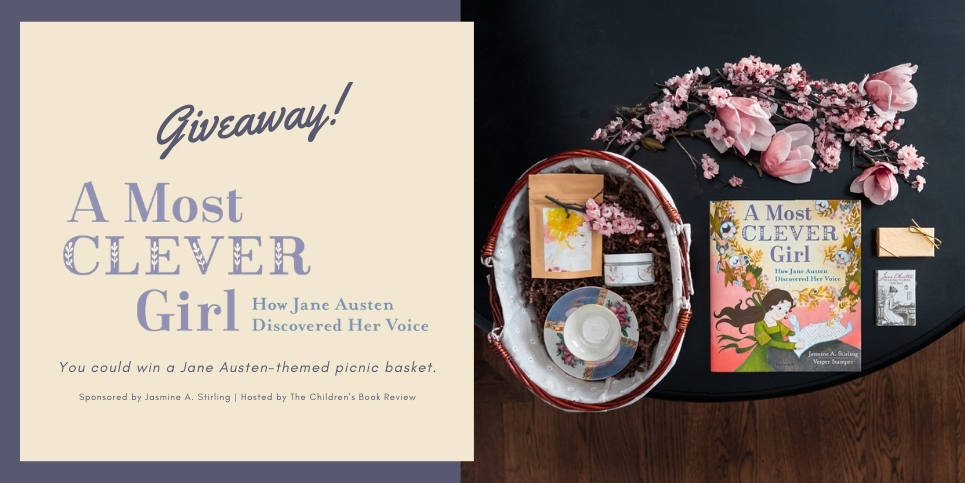
Enter for a chance to win a glorious Jane Austen-themed picnic basket, including a hardcover copy of A Most Clever Girl autographed by Jasmine A. Stirling!
One (1) grand prize winner receives:
- A picnic basket filled with:
- A copy of A Most Clever Girl: How Jane Austen Discovered Her Voice, signed by author Jasmine A. Stirling
- A vintage teacup
- 1 oz of tea From Adagio Teas
- Truffles from Moonstruck Chocolates
- Gardenia hand cream
- A set of Jane Austen playing cards
- A $15 gift certificate to Jasmine A. Stirling’s Austenite Etsy Shop, Box Hill Goods
Two (2) winners receive:
- A copy of A Most Clever Girl: How Jane Austen Discovered Her Voice, signed by author Jasmine A. Stirling
The giveaway begins March 16, 2021, at 12:01 A.M. MT, and ends April 16, 2021, at 11:59 P.M. MT.
CLICK HERE FOR THE GIVEAWAY FORM
**********
Thank you Jasmine for your insightful essay on our “revolutionary” Austen!
You can find the links to each of the daily blog tour posts here: https://www.thechildrensbookreview.com/2021/03/a-most-clever-girl-how-jane-austen-discovered-her-voice-awareness-tour
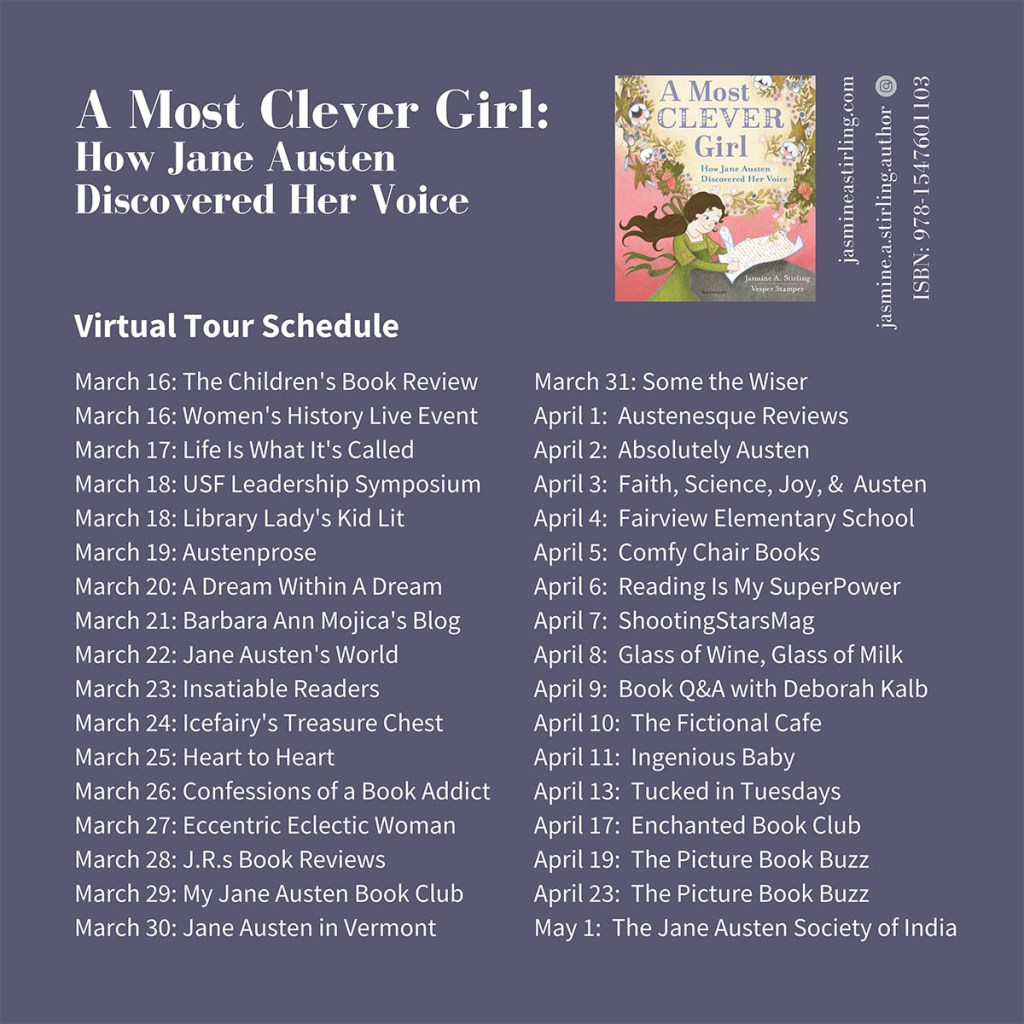

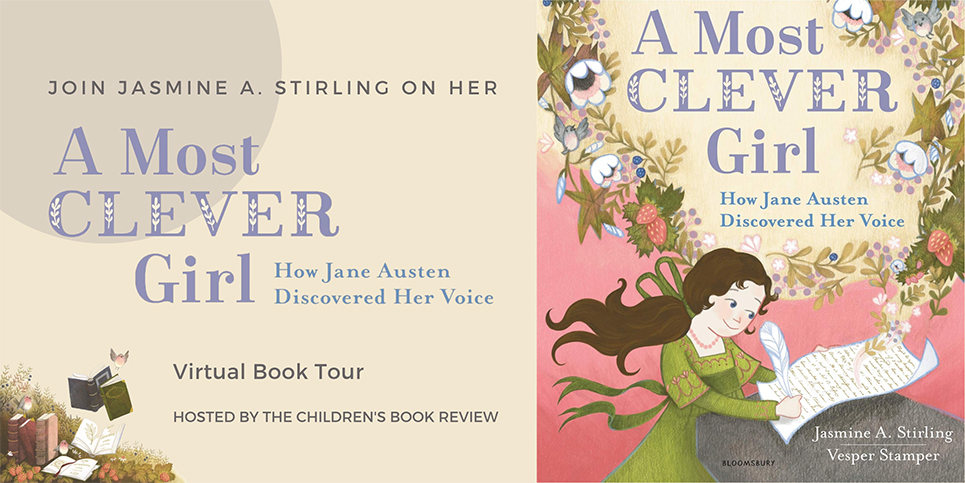
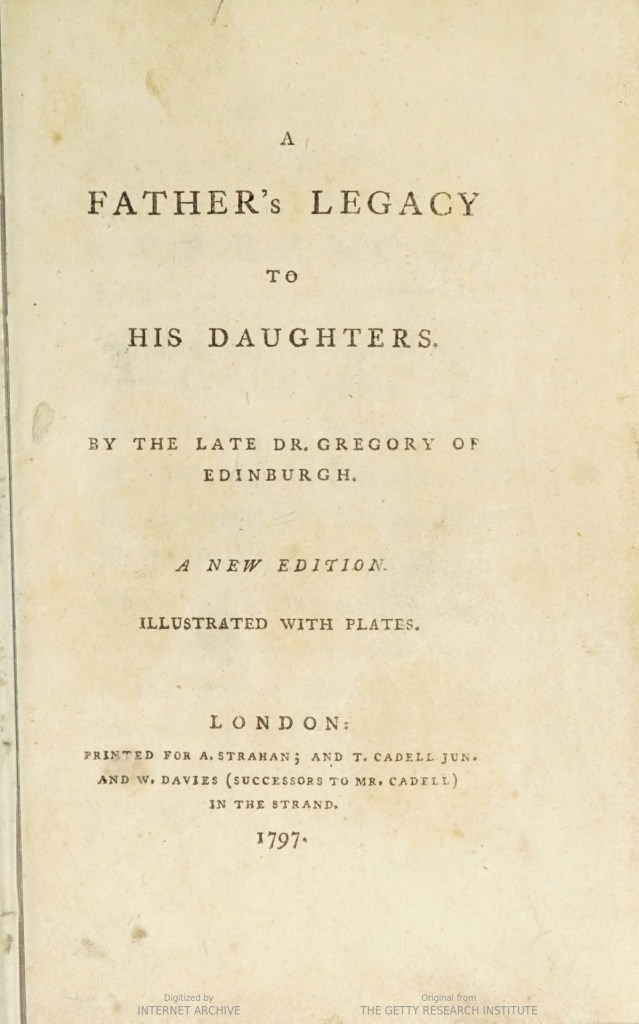
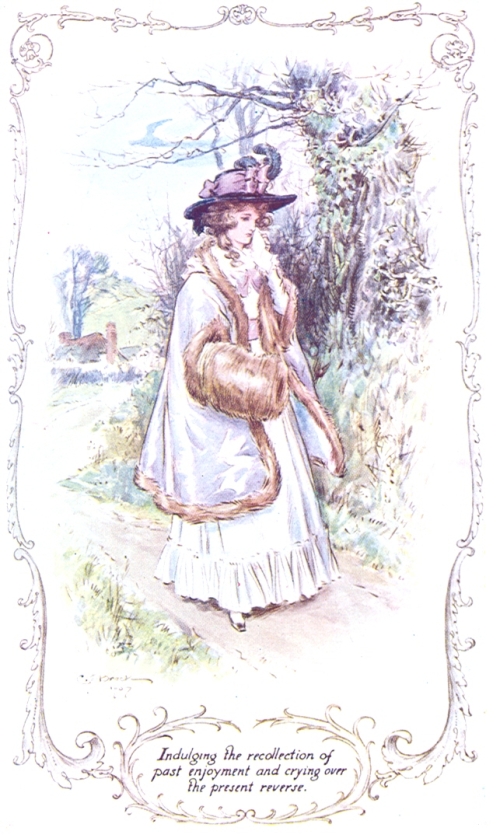
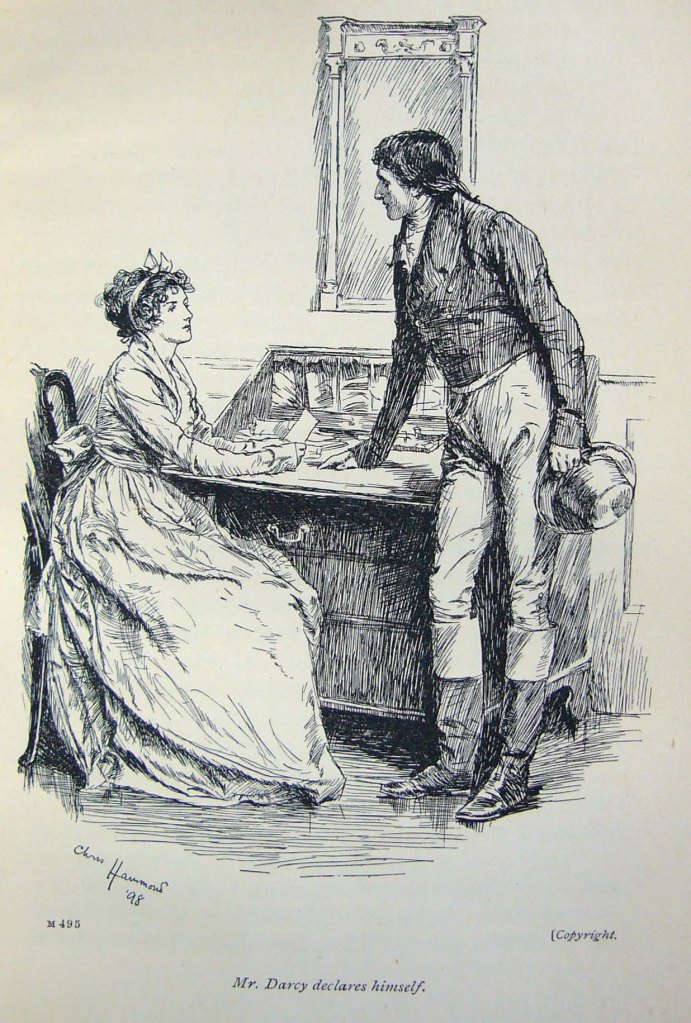
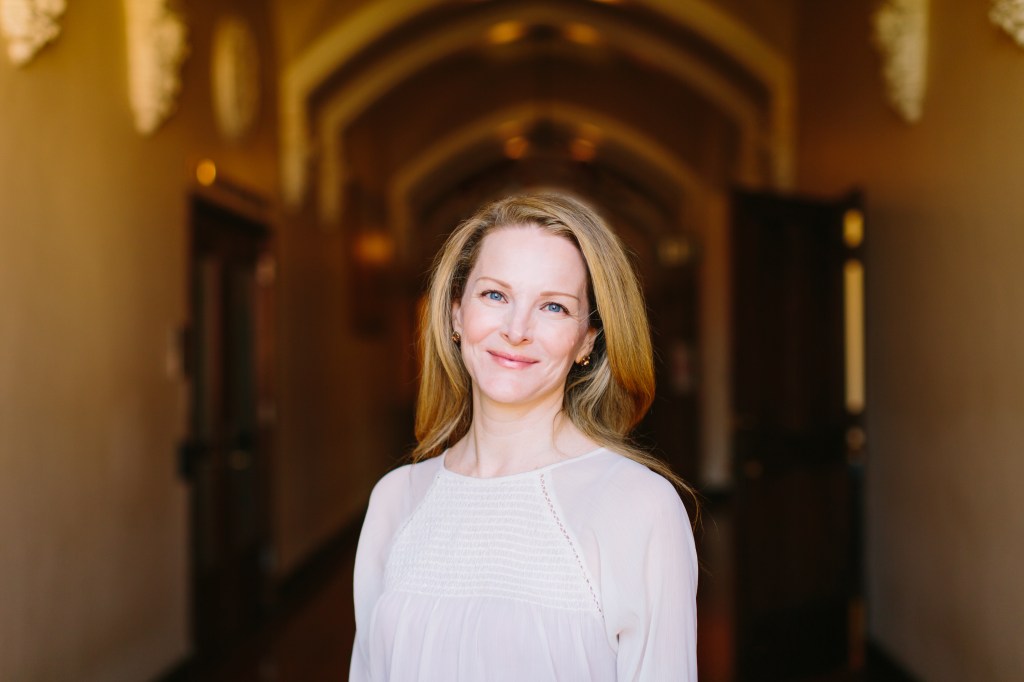
Enjoyed this post!
Thank you!
LikeLike
So glad you did – thank you for visiting!
LikeLiked by 1 person